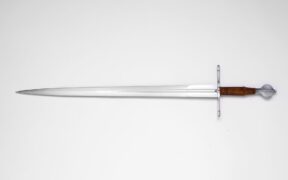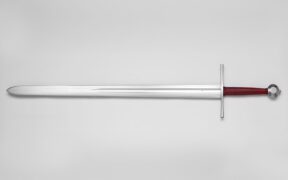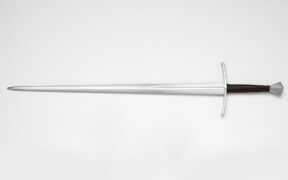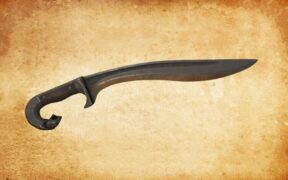Our content features commercial links to our products, committed to transparent, unbiased, and informed editorial recommendations. Learn More
Montante Sword: The Colossal Iberian Renaissance Blade
NO AI USED This Article has been written and edited by our team with no help of the AI
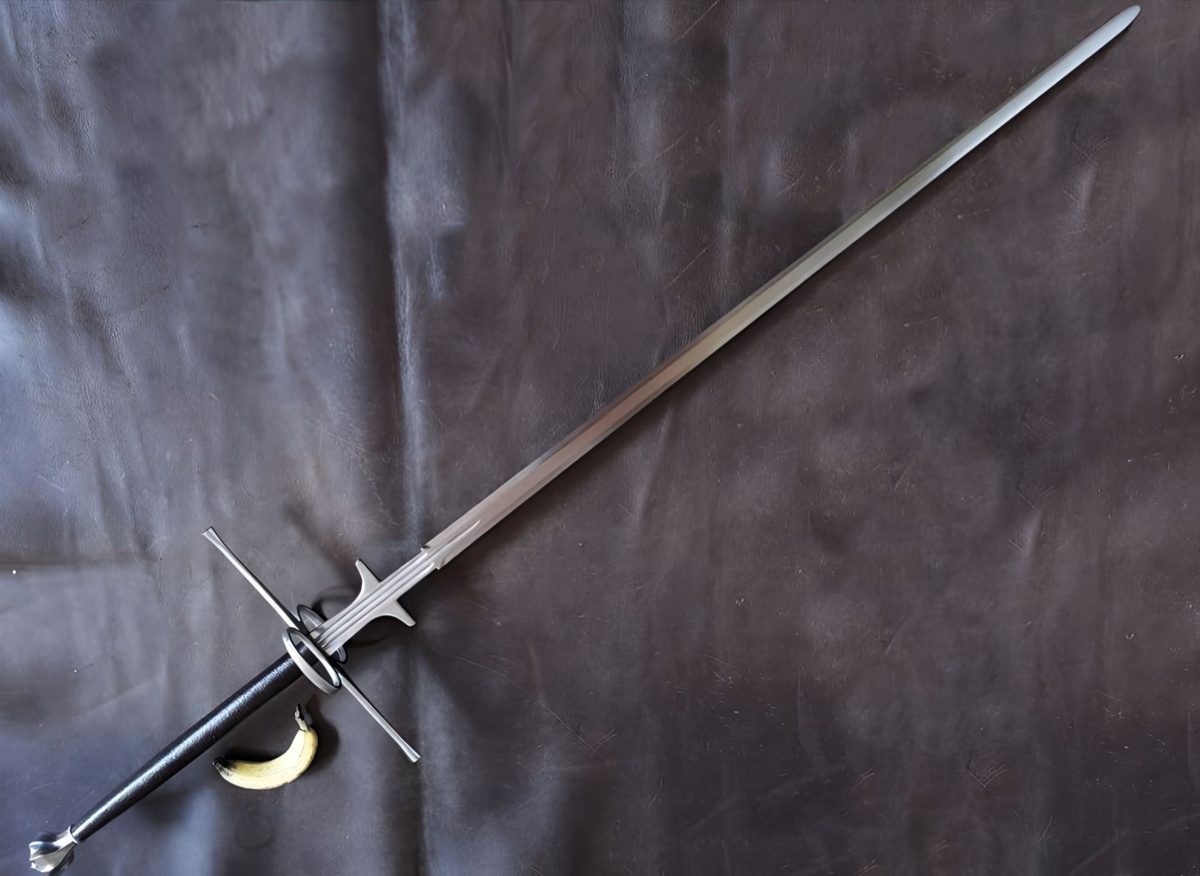
The large Iberian greatsword used in Portugal and Spain during the Renaissance is called the Montante sword. It is a big two-handed sword used in dueling and fencing and was a very effective substitute for the highly popular rapier.
Due to its size and weight, it could take on numerous foes on the battlefield, making it a very effective weapon. The Montante, however, served as more than just a weapon of war. It was also a representation of authority, martial arts, and artistic expression. In this article, we will go over its many characteristics and explain how it was used during its history.
Understanding the Term Montante
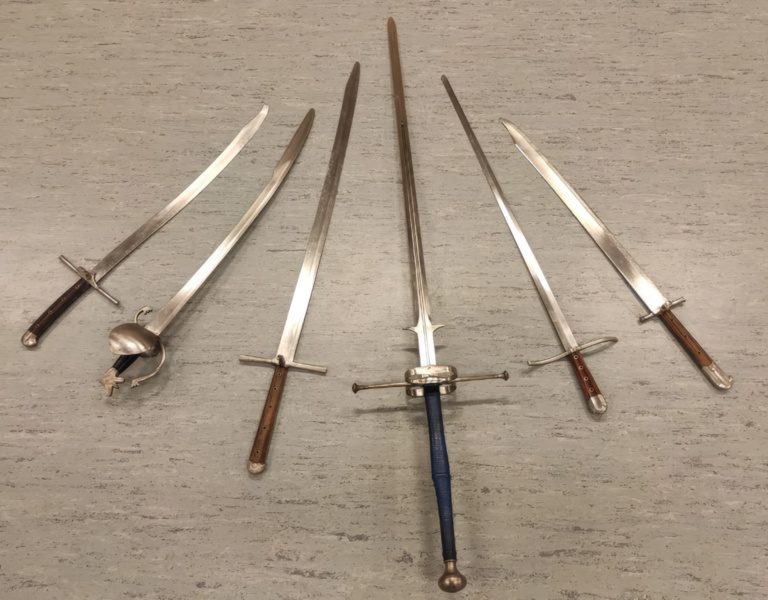
In Spanish and Portuguese, Montante means a great or very large sword. Originating on the Iberian Peninsula in the Middle Ages, this name refers to a wide range of enormous blades from the 14th to the 18th century. For this reason, the term Montante is occasionally used to describe more than one type of sword, including the German zweihander, the Italian spadone, and the Scottish claymore.
The direct definition and translation in Spanish of Montante is a large sword with wide guard quillions which must be wielded in both hands. As we have placed the zweihander (historically called langes schwert, meaning long sword) into the German swords group, the Montante sword will be considered an Iberian sword. However, they can be very similar in some cases.
Characteristics of the Montante Sword
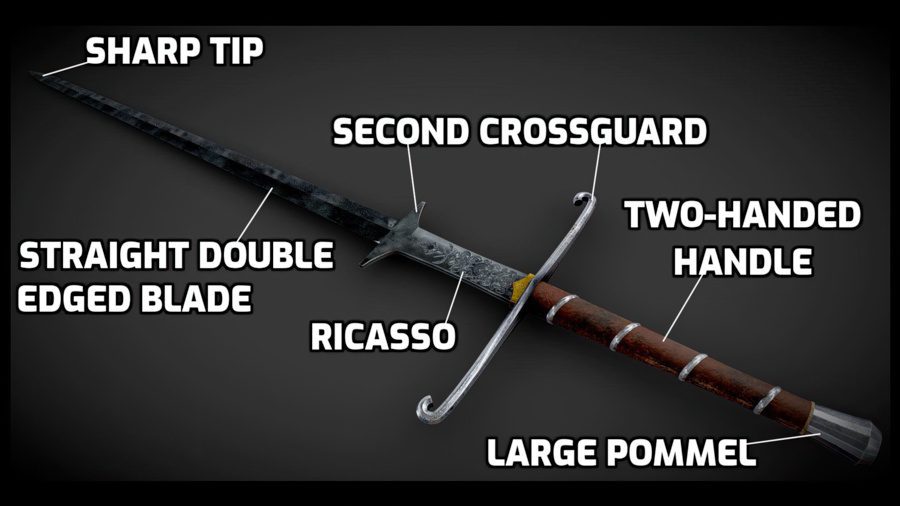
The Montante sword is an Iberian greatsword that can be as tall as a 5.6-foot-tall (1.7-meter) person. It is a big sword, and its size makes it stand out. Despite this, it is not an excessively hefty weapon and can deliver swift, wide blows due to its design.
Blade
It’s strongest visual characteristic and component that sets it apart from other European swords is the blade. It is made out of steel, straight and double-edged, meaning sharpened on both sides of the edges. It tapers gradually toward the blade’s tip, making it a highly powerful thrusting weapon as well.
Although the blade of this 16th-century Iberian sword is very large and long, its blade width is thin and made to be very flexible. The most common blade length for the Montante sword is around 45 to 49 inches (114 to 125 cm), with the point of balance just at the end of the ricasso.
Ricasso
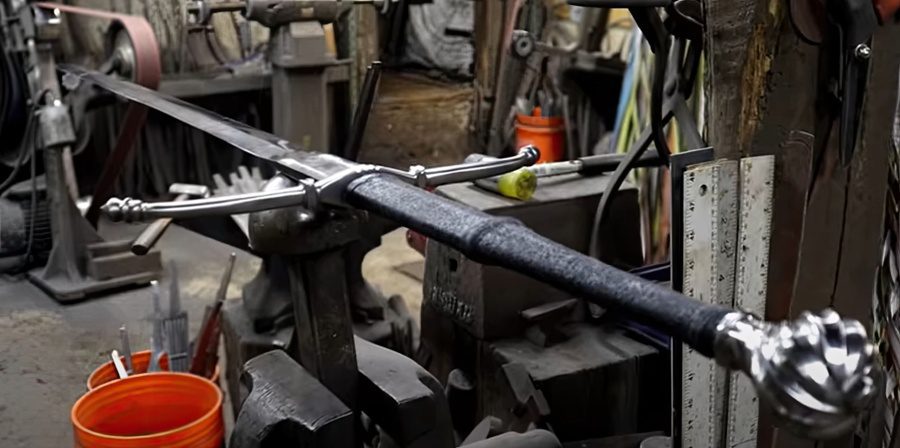
Many large two-handed swords used during the 16th and 17th centuries had double sets of crossguards, sometimes called two-handers. These were in the shape of spikes at the neck of the blade and were mainly used for sparring and could be seen on the Monante too.
The area between the guard and the second crossguard is called a ricasso, an unsharpened blade part. This is mostly done so that it can be used with half-swording techniques, which translates to grabbing this part of the blade with a hand and using it as a pole weapon or spear.
Guard
Montante swords have very large straight crossguards with quillons on top of the handle that can be as long as 10.3 inches (26 cm). They are made of metal and are a great protection tool for the wielder’s hands as they are large enough to be used for hooking other thin blades or polearms.
Handle
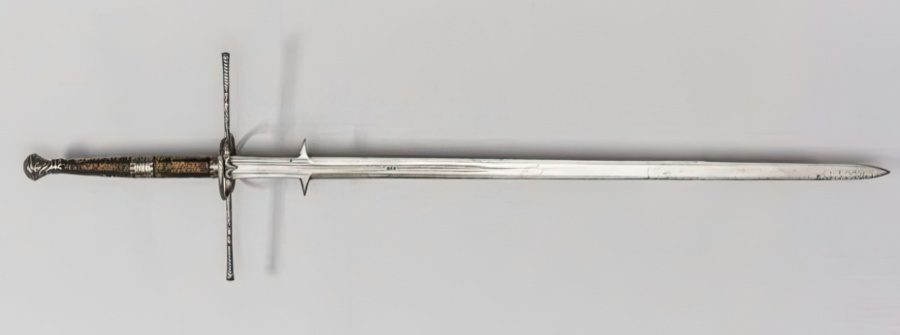
The handle or grip for the Montante sword is a large, two-handed weapon. It is a straight, open-handled sword with a ridge in its center. It is usually made of hardwood, covered with leather, and heated with beeswax so it would shrink onto the full-tang blade beneath it.
On some select options for the Montante, the first half of the handle can be made out of metal and connected with the pommel for extra counterweight. The handle length for the Iberian Montante sword is around 16 inches (41 cm).
Pommel
The large blade of the sword makes it unstable, which is why the pommel, the metal cap on the bottom of the handle, is also significantly sized. Like an arming sword, the pommel of the Montante can be grabbed with a hand for longer reach and used as a bashing tool.
Length & Size
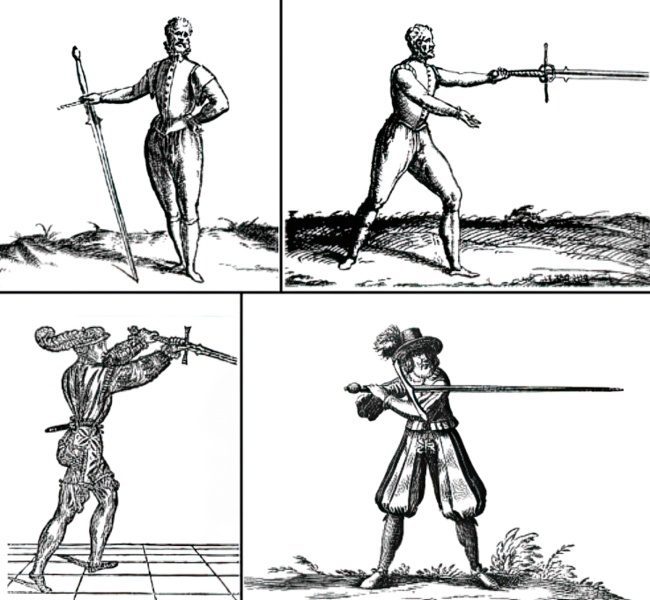
The Montante is a greatsword, meaning it falls inside the category of the largest possible types of blades in history, like the zweihander and spadone. Although there are some extremely large Montante swords online, the historical length and size of the Montante range from 65 to 67 inches (165 to 170 cm).
Weight
Being a larger-than-average sword makes it heavier than the other European swords. The most usual length for the Montante sword is 4.7 to 5.5 lbs (2.1 to 2.5 kg). However, the weapon isn’t as cumbersome as depicted in modern media; in reality, it could still be worn as a side sword.
Uses for the Montante Sword
The Montante sword is a large two-handed blade capable of slashing, slicing, and thrusting. The common assumption is that this weapon is awkward and difficult to operate due to its large size and shape. However, this is completely untrue.
The Montante, characterized as having “fluidity of movement combined with great power and very fast attacks” in many technical history guides, is one of the most elegant weapons in the Europan arsenal. Historical fencing with a Montante relies on the fencer’s aptitude rather than his raw muscle power and strength.
Civilian Protection
In Spain and Portugal, during In the 17th century, people were commonly armed with a rapier or hanger sword at all times. The large Montante was also a proper weapon for protection that was useful to carry.
The Montante was also a powerful tool for crowd control or intimidating unwelcome visitors to certain buildings. Security agents for powerful figures would also have a Montante steady at hand. It was also a highly useful weapon against the long rapiers.
Military
Being a highly popular European martial arts sword made it a highly desired and successful weapon of war. Its large size could break through pike or polearm formations and even disrupt lines of soldiers. These blades were given to commando Iberian units for powerful sword fighting on special occasions.
As described in the Figueyredo 17th century manuals for the use of greatswords, the Montante is fundamentally different than the longsword or messer and instead is used for crowd control with its shocking appearance. An interesting tactic for the Montante is how the sword was used to clear enemies from ships. It was also called the Katana Breaker when used to battle Japanese pirates.
Fencing Tool
The Montante, the rapier, and other dueling-like swords were highly popular throughout the Iberian Peninsula. In training or dueling, a fencer master would use a Montante sword to break up or stop a fight by swinging it around like a flag.
The Montante was also a symbol of the fencing master’s office, which could explain why this large Iberian Greatsword was hard to master and only a true sword user would be able to wield one.
Modern & Beginner Friendly
Today the Montante is a very popular Hema fighting sword that its users describe as an elegant starter greatsword. It is a blade commonly shown in modern media as a slow and deadly weapon, but the most used methods are revez, talho, and altibaxo, which are swift diagonal changes of arms.
History of the Montante Sword
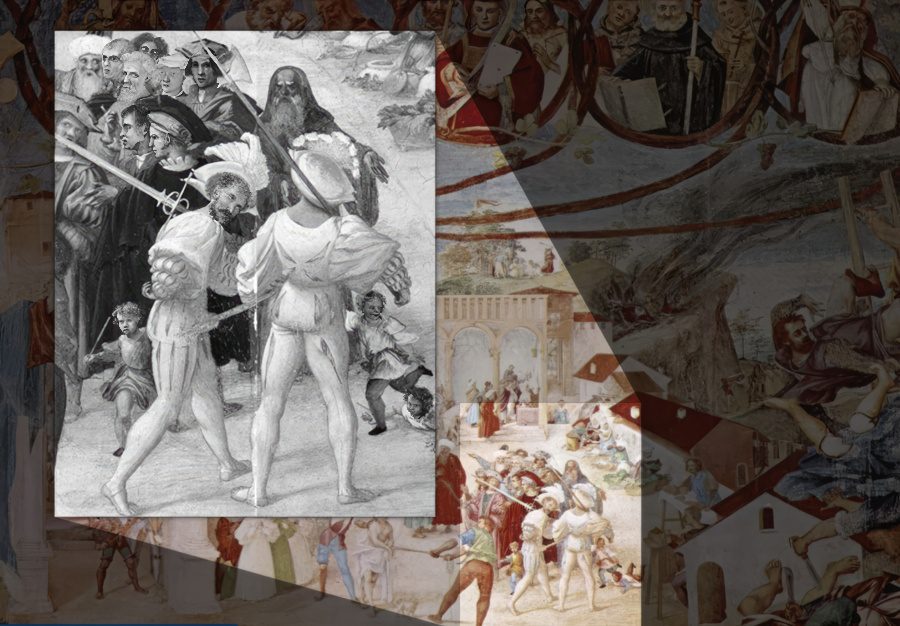
The Montante sword is a large greatsword from the Iberian Peninsula, modern Spain, and Portugal. It is both a tool for fencing and a warfare weapon commonly used during the 16th and 17th centuries, when dueling with the rapier was often a daily affair.
Large two-handed greatswords were becoming very popular in this period of history, as seen throughout Europe. Specialized units that could break through enemy formations were being assigned to use the Montante. During that time, they were often more useful than a polearm or halberd.
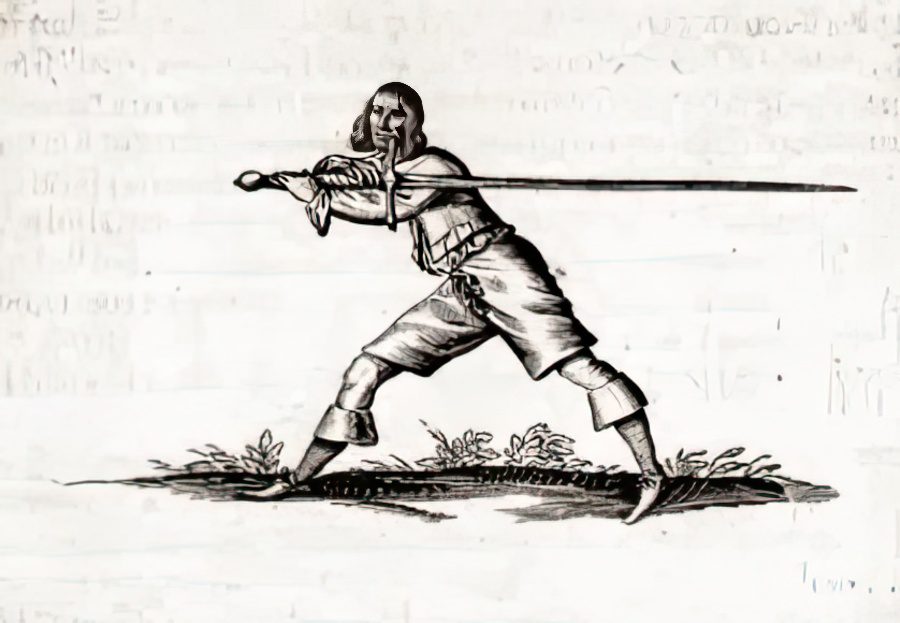
One of the most famous instances of a Montante sword being used is the exploits of Diego Garcia de Paredes, a Spanish soldier, in the Italian Wars at the start of the 16th century. The Montante was used more as an urban sword than for warfare, usually acting as a side sword for defensive purposes, security, and, most famously, fencing and dueling.
The Montante can be spotted in various sword fighting manuals, the most popular being Diogo Gomes the Figueredo, Diaz de Viedma, Perez de Mendoza, and Godinho, which makes it a highly popular training sword even in modern times.
